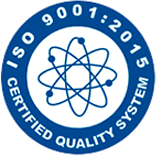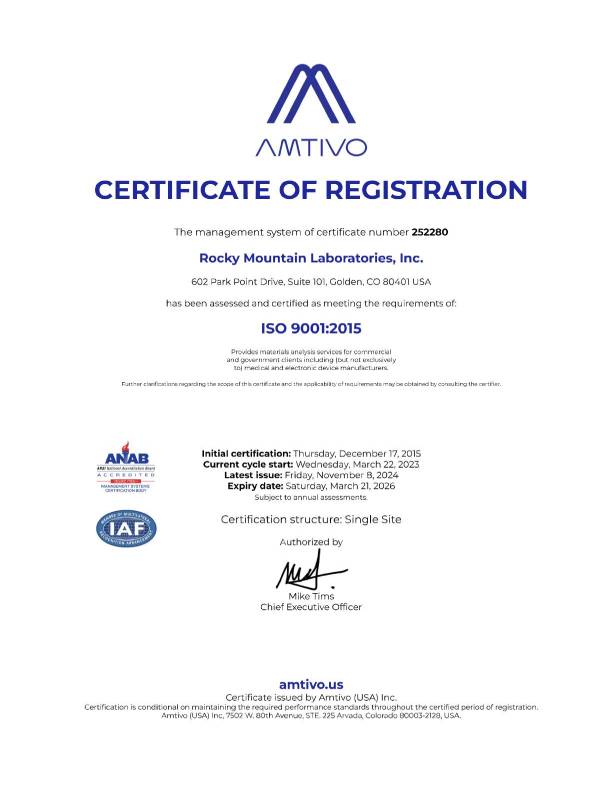Fourier Transform Infrared (FTIR) spectroscopy is a critical analytical tool for characterizing coatings across a wide range of industries, including automotive, aerospace, construction, packaging, and electronics. Coatings, whether protective, decorative, or functional, often consist of complex mixtures of polymers, pigments, additives, and curing agents. FTIR offers a rapid, non-destructive, and highly sensitive method for identifying chemical structures, verifying composition, and assessing performance-related changes in coating materials.
Continue reading “FTIR Analysis of Coatings”Category: FTIR
FTIR Analysis of Coatings
FTIR Analysis of Catalysts
Fourier Transform Infrared (FTIR) spectroscopy is a vital tool for the characterization and evaluation of catalysts in both research and industrial settings. Catalysts often involve complex surface chemistries and dynamic reactions, making FTIR’s ability to detect molecular vibrations and functional groups indispensable for understanding their behavior and performance. Whether monitoring active sites, tracking reaction intermediates, or assessing deactivation mechanisms, FTIR provides rapid, non-destructive, and chemically informative analysis.
Continue reading “FTIR Analysis of Catalysts”FTIR Analysis for Cosmetics
In the ever-evolving world of cosmetics, ensuring product quality, safety, and efficacy is essential to meet the demands of consumers seeking effective and safe beauty solutions. Fourier Transform Infrared Spectroscopy (FTIR) has emerged as a valuable analytical tool for cosmetic manufacturers, offering insights into the composition, purity, and stability of cosmetic formulations.
Continue reading “FTIR Analysis for Cosmetics”FTIR Analysis for Construction Materials
In the construction industry, ensuring the quality and durability of materials is paramount. From concrete to asphalt to polymers, the composition and properties of construction materials play a crucial role in the integrity and longevity of infrastructure projects. Fourier Transform Infrared Spectroscopy (FTIR) has emerged as a powerful analytical tool for characterizing construction materials, offering valuable insights into their chemical composition and structural properties.
Continue reading “FTIR Analysis for Construction Materials”FTIR Analysis for Chemicals
At Rocky Mountain Laboratories, we harness the power of Fourier Transform Infrared (FTIR) analysis to unravel the molecular fingerprints of a diverse range of chemicals. FTIR spectroscopy serves as an indispensable tool for chemical analysis, providing detailed information about the functional groups and molecular structures present in a given substance
Continue reading “FTIR Analysis for Chemicals”FTIR Analysis for Ceramics
At Rocky Mountain Laboratories, we understand the critical role of Fourier Transform Infrared (FTIR) analysis in characterizing ceramics. FTIR spectroscopy is a powerful analytical technique that provides valuable insights into the composition, structure, and properties of ceramic materials.
Continue reading “FTIR Analysis for Ceramics”FTIR Analysis for Biomolecules
Fourier Transform Infrared (FTIR) analysis is a powerful technique used for studying the vibrational modes of molecules. It is widely employed in the analysis of biomolecules, providing valuable information about their structure, composition, and functional groups. Here’s how FTIR analysis is applied to biomolecules:
Continue reading “FTIR Analysis for Biomolecules”Difference between FTIR and Dispersive IR
FTIR (Fourier Transform Infrared) spectroscopy and dispersive IR (dispersive infrared) spectroscopy are two different approaches to obtaining infrared spectra. Here are the key differences between FTIR and dispersive IR spectroscopy:
Continue reading “Difference between FTIR and Dispersive IR”Difference between the Source Frequency and that seen by the detector in FTIR
In Fourier Transform Infrared (FTIR) spectroscopy, the source frequency and the frequency observed by the detector are related through the process of interferometry. Let’s break down the key concepts:
Continue reading “Difference between the Source Frequency and that seen by the detector in FTIR”Difference between Regular Infrared Spectroscopy And FTIR
Infrared spectroscopy is a technique used to analyze the interaction of matter with infrared radiation. There are two main types of infrared spectroscopy: regular (dispersive) infrared spectroscopy and FTIR (Fourier Transform Infrared) spectroscopy. Here are the key differences between the two:
Continue reading “Difference between Regular Infrared Spectroscopy And FTIR”


